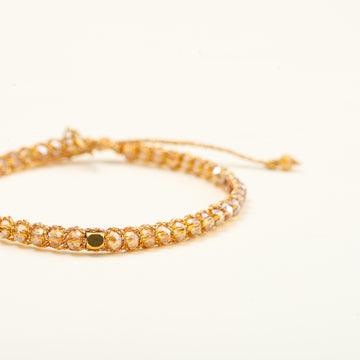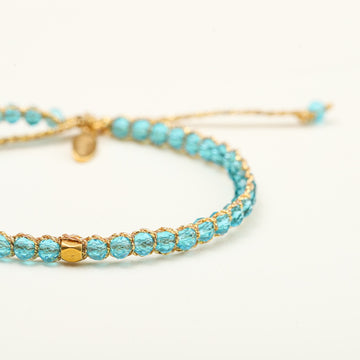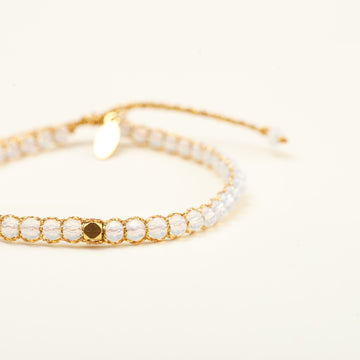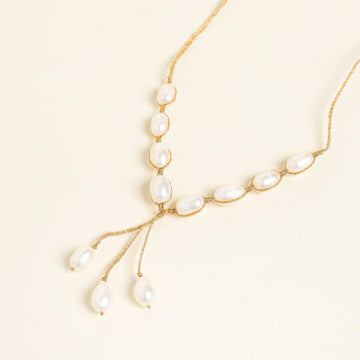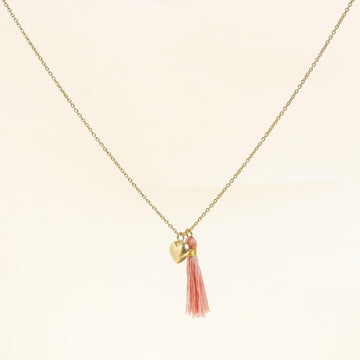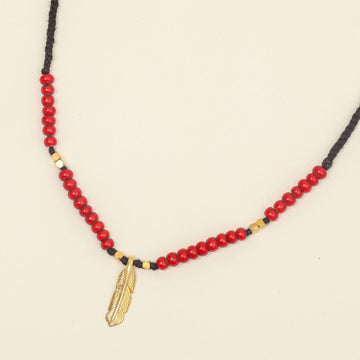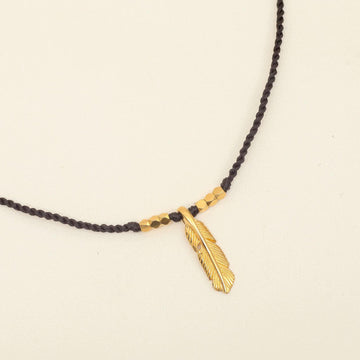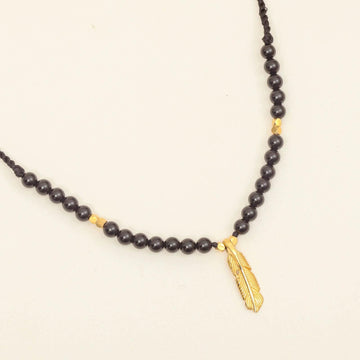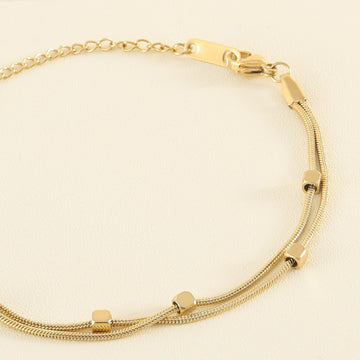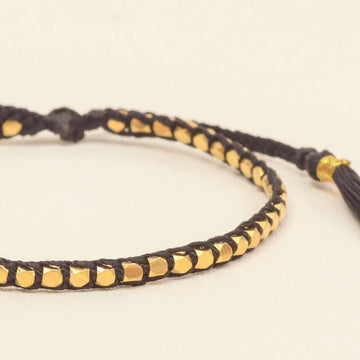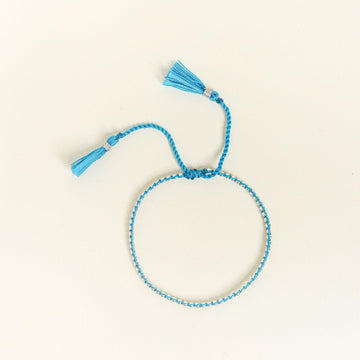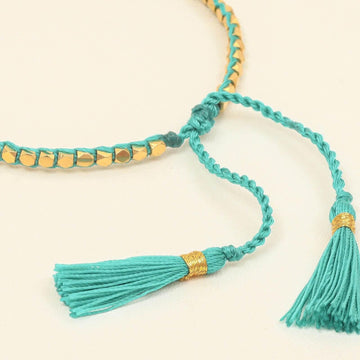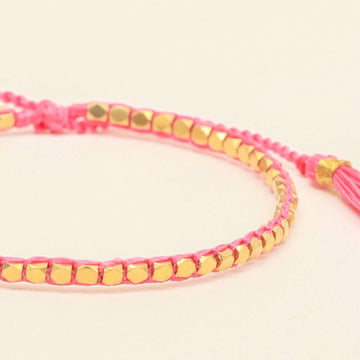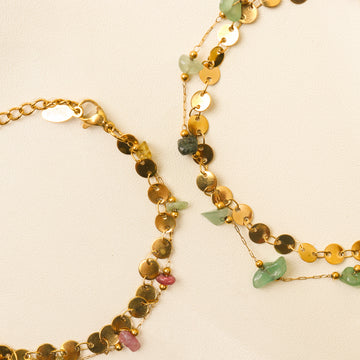
How to Tell if a Gemstone Bracelet Is Real or Fake
Introduction – The Doubt Every Buyer Has
You’ve seen a beautiful gemstone bracelet online or at a market stall. The colors sparkle, the price looks tempting, but the question lingers: Is it real, or is it fake?
With gemstone jewelry becoming more popular, imitations are everywhere — from glass beads dyed to look like crystals, to plastic “stones” sold as semi-precious gems. And while some fakes are easy to spot, others can fool even experienced buyers.
The good news? With a few simple checks, you can avoid disappointment and make sure your bracelet carries the authentic beauty and energy of real gemstones.
1. Look Closely at the Surface
Real gemstones are products of nature, which means they’re rarely perfect.
-
Real stones: May have tiny inclusions, color variations, or slight imperfections.
-
Fake stones (glass/plastic): Often look too flawless, smooth, or unnaturally uniform in color.
💡 Quick Tip: If every bead looks exactly identical, it’s likely synthetic or dyed.
2. Check the Weight
Natural gemstones are denser than glass or plastic.
-
Real stones: Feel cool and heavier than they look.
-
Fake stones: Feel unusually light or warm to the touch.
💡 Test: Hold two bracelets of similar size. The lighter one is likely fake.
3. Temperature Test
Real gemstones take longer to warm up.
-
Real stones: Stay cool against your skin for several seconds.
-
Fake stones: Warm up almost instantly when touched.
This is a simple, quick test you can do in a store.
4. Color and Dye Clues
Some fakes are created by dyeing cheap stones or glass.
-
Look for dye concentration near holes where the thread passes through.
-
If color rubs off when wiped with a damp cloth → it’s dyed, not natural.
💡 Example: “Howlite” often dyed to imitate turquoise.
5. Price Check – Too Good to Be True?
While real gemstones come in a wide price range, authentic pieces are rarely too cheap.
-
Red flag: A “jade bracelet” sold for a few dollars.
-
Realistic: Prices that reflect sourcing, craftsmanship, and fair trade.
Remember — authentic stones are mined, cut, and handcrafted. That process carries value.
6. Professional Verification
If in doubt, trust the experts.
-
Gemological labs can certify authenticity.
-
Trusted brands (like Samapura) source ethically and provide transparency in materials.
💡 Pro Tip: Buy from artisans or brands that openly share their sourcing and values.
7. Energy & Feel
For many, the final test is personal.
-
Real gemstones have a natural “presence” — cool, grounding, and subtle in energy.
-
Fakes may feel flat or lifeless, even if they look beautiful.
While this is subjective, many long-time wearers can sense the difference.
Closing – Trust What You See, Feel, and Where You Buy
Spotting a fake gemstone bracelet doesn’t require special tools — just awareness. Check the surface, weight, temperature, and price, and always buy from trusted sources.
Because in the end, a gemstone bracelet isn’t just about appearance. It’s about carrying a piece of the earth with you — something real, intentional, and alive with meaning.
💎 Discover authentic gemstone bracelets handcrafted in Bali — ethically sourced, artisan-made, and designed with both beauty and energy in mind.


